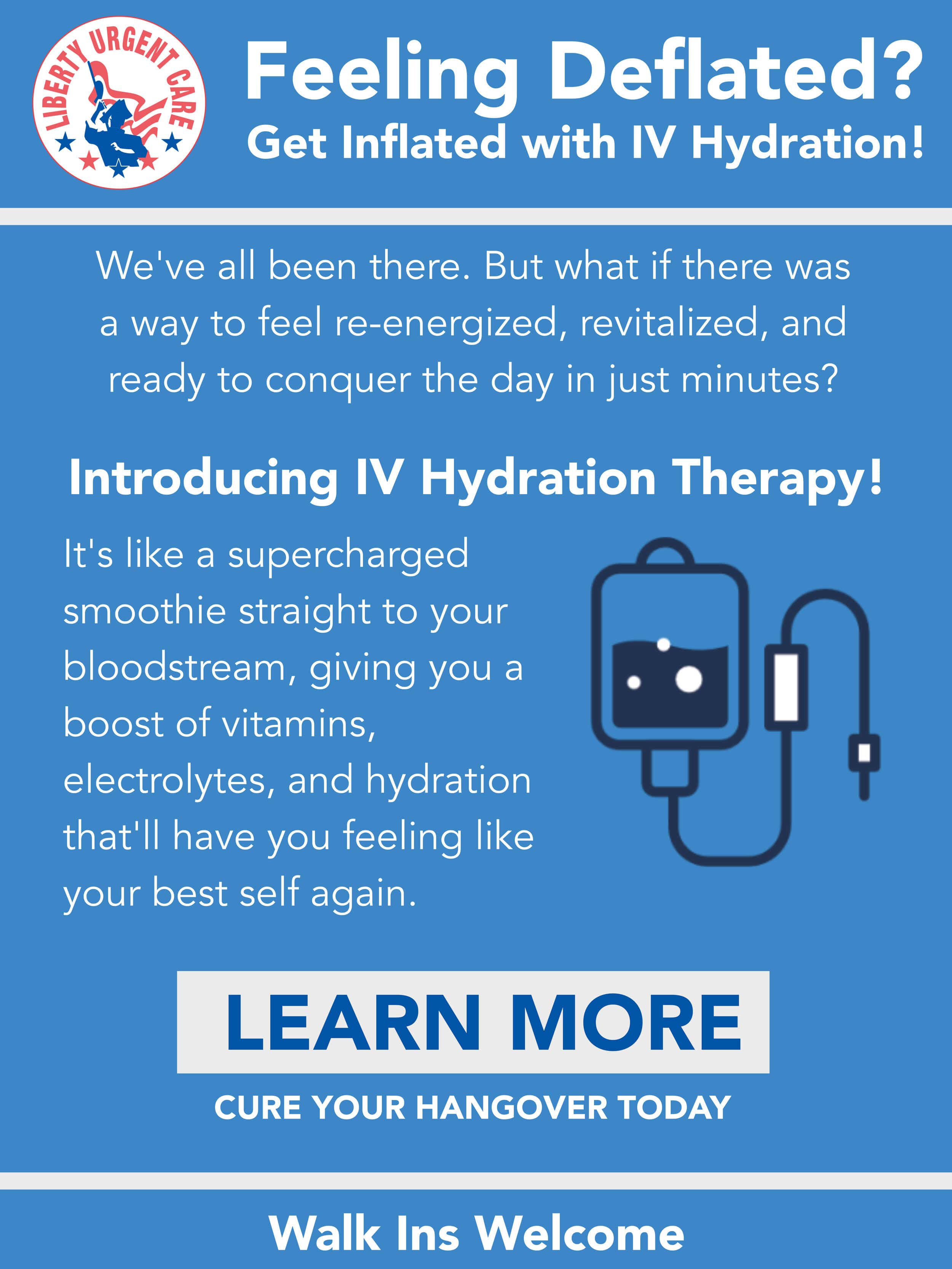 Dislocating a joint can be a frightening and painful experience; a sudden fall or awkward collision knocks your bone out of place, leaving your joint swollen and immobile. Learn the risk factors and symptoms of a dislocated joint, and why you should get treatment right way.
Dislocating a joint can be a frightening and painful experience; a sudden fall or awkward collision knocks your bone out of place, leaving your joint swollen and immobile. Learn the risk factors and symptoms of a dislocated joint, and why you should get treatment right way.
How Dislocations Happen
You can dislocate any joint in your body– your finger, knee, hip, elbow, shoulder, etc. The injury occurs when an abrupt impact causes your bone to slip out of its joint. You can suffer a dislocation bracing for a fall, in a motor vehicle accident, or playing sports. Dislocated joints are especially common among athletes in contact and high impact sports, such as football, hockey, wrestling, basketball, volleyball, skiing, and gymnastics. Another risk factor is hereditary. Some people have naturally loose ligaments, and consequently, are more prone to this type of injury.
A dislocated joint is generally easy to see. It may be:
- Visibly deformed or out of place
- Swollen, bruised, red or discolored
- Intensely painful
- Immovable
- Numb and Tingling
It can be difficult to tell the difference between a broken bone and a dislocated joint. But for either injury, it’s important to seek immediate medical treatment.
Diagnosis and Treatment
If you suffer a possible dislocation, head into our urgent care clinic for fast evaluation and treatment. Our provider will examine your joint, review your symptoms, and may perform an X-ray to confirm the dislocation and check for broken bones or other damage to the joint. For more severe dislocations, you may also need an MRI to assess soft tissue damage. We are happy to provide a referral in this instance.
Treatment of a dislocated joint depends on the area and severity of the injury. Sometimes rest, ice, compression, and elevation (RICE) is enough to naturally heal the joint. Other times, the provider will need to gently maneuver your bones back into place. This method is called Manipulation. Depending on the level of pain and swelling, you may be given a sedative or anesthetic to help ease the procedure. Once your bones are back in position, the provider may ask you to wear a splint, sling, or cast for several weeks. Immobilization allows the joint to rest and fully heal.
Some dislocations may require surgery.
If you might have a dislocated joint, our urgent care center is a good starting point for fast, affordable treatment. Simply walk in when you need care!
Yoast:
Add in the meta description and keyword phrase.
Adjust title if needed in format of ”Treating a Dislocated Joint – [Name of Practice]”
Meta Description: If you might have a dislocated joint, our urgent care center is a good starting point for fast, affordable treatment. Simply walk in when you need care!
Keyword: dislocated joint
Next, go into the Social tab of the yoast box. Here you can upload a photo for facebook. Set to same image in blog post. Add the title and description below.
Facebook Title: Dislocating a joint can be a frightening and painful experience
Facebook Description: Learn the risk factors and symptoms of a dislocated joint, and why you should get treatment right way
Select post category. This varies from site to site, but is usually a variation of “health news and tips”. If that’s not an option, choose “blog”.




